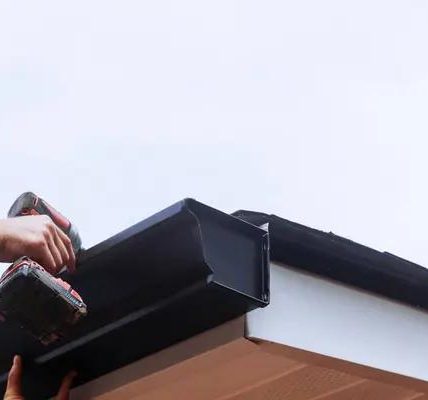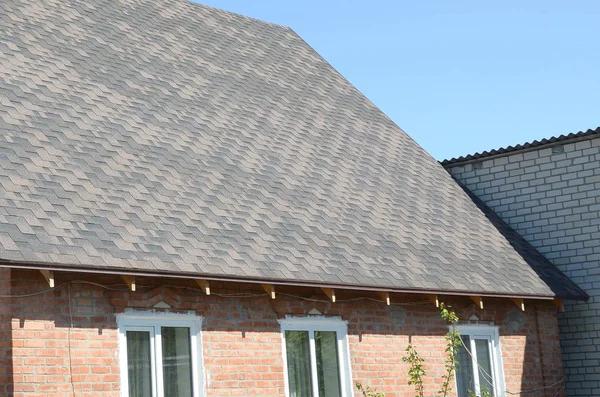Choosing the best roof insulation for your climate can be a daunting task. However, it is crucial to ensure that your home remains comfortable throughout different seasons and weather conditions. Insulation plays a significant role in maintaining optimal temperatures inside your house, reducing energy costs and increasing overall comfort.
Firstly, understanding the R-value of insulation materials is essential when selecting roof insulation. The R-value measures thermal resistance or how well an insulating material can resist heat flow. A higher R-value means better insulating properties. When living in colder climates, choosing an insulation with a high R-value would be beneficial to keep the warmth inside and cold outside.
Conversely, for warmer climates, you might want to consider radiant barriers instead of traditional insulations. Radiant barriers are installed in homes—usually in attics—to reduce summer heat gain and winter heat loss.
Secondly, consider the type of insulation that suits your needs best: blanket batts and rolls, spray foam insulation, loose-fill and blown-in or concrete block insulation are some options available on the market today.
Blanket batts and rolls are perfect for those who prefer DIY installation while spray foam insulation provides excellent air sealing property but requires professional installation. Loose-fill or blown-in works well in tight spaces where roofing eagar standard batts cannot fit properly while concrete block offers long-lasting results but may require major construction work.
Thirdly, think about sustainability – if environmental impact is important to you then look at options such as sheep’s wool which has excellent natural insulating properties or cellulose made from recycled paper products; both have lower carbon footprints compared to synthetic materials like fiberglass or polystyrene.
Finally yet importantly, budget should also play into your decision-making process; while some types of roof insulations may initially seem more expensive due to higher purchase prices or installation costs they could save money over time through reduced heating bills making them more cost-effective long-term solutions than cheaper alternatives which might not perform as well.
In conclusion, choosing the best roof insulation for your climate involves understanding your local weather conditions, knowing the R-value of different materials, considering the type of insulation that suits your needs and budget and thinking about sustainability. By taking these factors into account you can make an informed decision that will help maintain a comfortable temperature in your home regardless of what mother nature throws at it.
Red Dirt Construction
51 S River Rd Suite B, Eagar, Arizona 85925
928-862-5869





